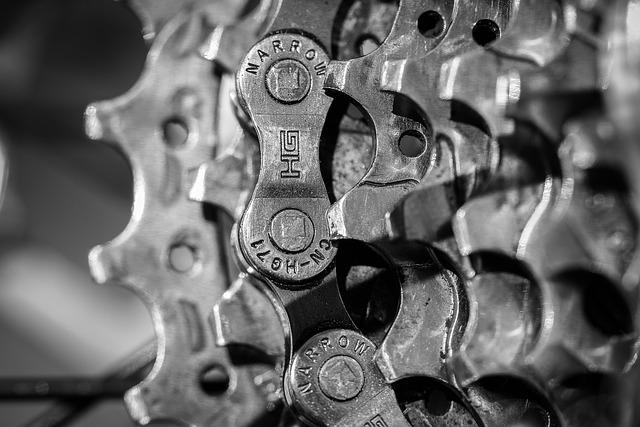- Year 3
Different surfaces in real life (non-statutory)
I can explain why some surfaces are suitable for different jobs, and give examples from real life.
- Year 3
Different surfaces in real life (non-statutory)
I can explain why some surfaces are suitable for different jobs, and give examples from real life.
These resources will be removed by end of Summer Term 2025.
Switch to our new teaching resources now - designed by teachers and leading subject experts, and tested in classrooms.
These resources were created for remote use during the pandemic and are not designed for classroom teaching.
Lesson details
Key learning points
- Friction can be a useful force.
- Friction can be an unhelpful force.
- Scientists, designers and engineers need to choose materials with properties suitable for their work or products.
- Large amounts of friction can create heat
Keywords
Friction forces - Friction forces are forces which act between the surfaces of objects.
Surface - The surface is the top or outside layer of something.
Grip - A grip is a firm hold or tight grasp, between objects and surfaces.
Properties - The properties of a material are its qualities or things it can do.
Common misconception
Friction always hinders motion therefore you always want to eliminate friction.
Multiple examples of positive uses of friction, including to help start motion by pushing off, are included.
To help you plan your year 3 science lesson on: Different surfaces in real life (non-statutory), download all teaching resources for free and adapt to suit your pupils' needs...
To help you plan your year 3 science lesson on: Different surfaces in real life (non-statutory), download all teaching resources for free and adapt to suit your pupils' needs.
The starter quiz will activate and check your pupils' prior knowledge, with versions available both with and without answers in PDF format.
We use learning cycles to break down learning into key concepts or ideas linked to the learning outcome. Each learning cycle features explanations with checks for understanding and practice tasks with feedback. All of this is found in our slide decks, ready for you to download and edit. The practice tasks are also available as printable worksheets and some lessons have additional materials with extra material you might need for teaching the lesson.
The assessment exit quiz will test your pupils' understanding of the key learning points.
Our video is a tool for planning, showing how other teachers might teach the lesson, offering helpful tips, modelled explanations and inspiration for your own delivery in the classroom. Plus, you can set it as homework or revision for pupils and keep their learning on track by sharing an online pupil version of this lesson.
Explore more key stage 2 science lessons from the Simple forces including magnets unit, dive into the full primary science curriculum, or learn more about lesson planning.

Equipment
See additional material for further support and guidance.
Content guidance
- Risk assessment required - equipment
- Exploration of objects
Supervision
Adult supervision required
Licence
Prior knowledge starter quiz
6 Questions
Q1. forces slow down moving objects.
Q2.Which word is used to describe what a material can do or how it behaves?
Q3.The rougher the surface, the the friction forces.

Q4.Starting with the least friction force, order these surfaces by how much they would slow down a marble travelling on them.

Q5.Starting with ice rink, order these surfaces by the amount of friction forces they would create.
Q6.Match each investigation feature with its description.
a list of what we need
an explanation of the results
a table of measurements
an idea about what might happen
Assessment exit quiz
6 Questions
Q1.Which of the following can be caused by friction forces?




Q2.When scientists and engineers design products, they choose materials that are suitable based on their .
Q3.A large amount of friction force can be helpful for which two of the following products?




Q4.When I rub the palms of my hands together, this creates friction force, and I can feel .

Q5.When products are made, materials are chosen based on their properties. Which two of these products would need a high friction material?




Q6.In which sport would friction forces be unhelpful?





